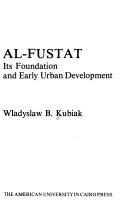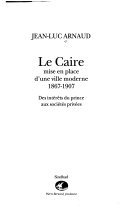Public Green Space Quantity And Distribution In Cairo, Egypt
Dalia Aly, Branka Dimitrijevic.

Overview
Green spaces are recognised as an important contributor in enhancing the quality of urban life. Many cities are now working on preserving and increasing their green spaces as a part of their sustainable development plans. Unfortunately, green spaces in Cairo are currently being marginalised and the city has been losing significant quantities of its already limited green spaces in favour of other developmental projects. This article analyses the quantities and distribution of existing green spaces in Cairo using official numerical data. The results show recent changes that happened between the years 2017 and 2020. The focus is on public green spaces: amenity green spaces between residential blocks, street green spaces, plant nurseries under public management and public parks. Finally, the trend of disappearing green spaces in Cairo is discussed. The discussion extends the comparison to include data from the years 2000 and 2006 to demonstrate the rapid changes happening in Cairo that are altering the city and affecting many of its residents. The problem of lack of data about green spaces is also examined in the discussion. Documenting green spaces areas and distribution in Cairo is important because no recent published data are available for decision-makers, researchers and planners. Data is also scattered between different sources because of the division of management responsibilities between different public agencies. A larger-scale project is required to accurately survey all green spaces in Cairo and create a comprehensive publicly accessible geographical database that documents all their types, quantities and distribution



















